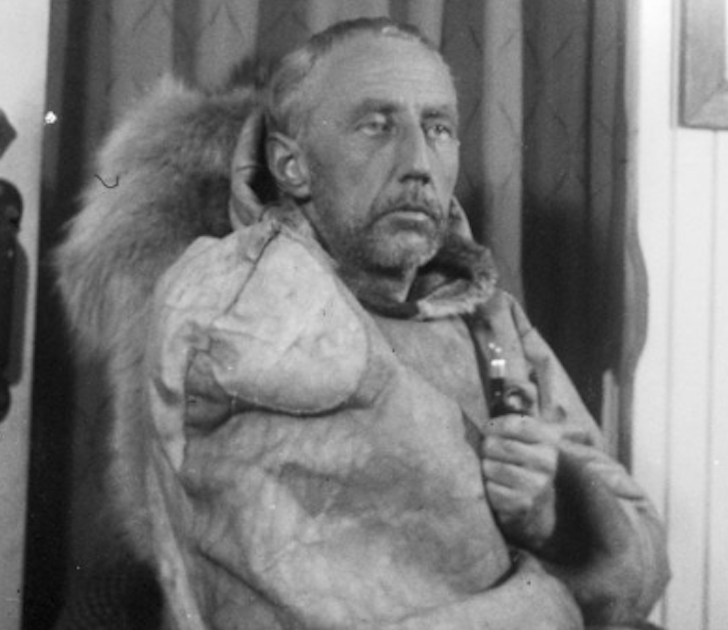
Roald Amundsen: Norwegian Polar Explorer And Pipe Smoker
Share
Born on this day, July 16, 1872, Roald Amundsen was a Norwegian explorer best known for being the first person to reach the South Pole. He was also a lifelong pipe smoker, often photographed with a pipe in hand—even in the polar regions where every ounce of gear had to earn its place.

Amundsen was born in Borge, Norway, and originally studied medicine at the request of his mother. After her death, he left school and turned his full attention to polar exploration. His early inspiration came from fellow Norwegian explorer Fridtjof Nansen, whose Arctic expeditions captured national attention.
In 1903, Amundsen led the first successful navigation of the Northwest Passage, the sea route through the Arctic archipelago of Canada. The journey took nearly three years and involved overwintering in ice. During that time, he learned survival techniques from local Inuit communities, including the use of sled dogs and fur clothing—skills he would later apply in Antarctica.

Amundsen is most famous for his South Pole expedition in 1911. Originally planning to head to the North Pole, he changed course after hearing that both Frederick Cook and Robert Peary had claimed to reach it. Without publicly announcing his change in plans, he sailed south aboard the Fram and set up camp on the Antarctic coast. On December 14, 1911, Amundsen and four companions became the first people to reach the South Pole, beating British explorer Robert Falcon Scott by over a month.
In 1926, Amundsen flew over the North Pole in the airship Norge, making him the first person to definitively reach both poles. Two years later, while attempting to assist in the rescue of a downed airship crew in the Arctic, his plane disappeared. Neither he nor the aircraft were ever found.
Throughout his career, Amundsen was known for his detailed preparation, reliance on indigenous knowledge, and willingness to adapt to the environment. His use of dog teams and polar equipment—uncommon among many European explorers at the time—contributed directly to the success of his expeditions.Amundsen’s pipe smoking was not unusual for the era, but it remains a consistent visual marker in photographs and written accounts. Whether aboard ship, in base camps, or during periods of rest, a pipe was often part of his routine.

In 2018 while serving in the U.S. Navy, I crossed the Arctic Circle aboard the destroyer USS Farragut and earned the “Bluenose” designation—a traditional recognition for sailors who’ve operated in those northern latitudes. I also spent time in Tromsø, Bergen, and Bodø—Norwegian coastal towns with deep ties to polar history and seafaring. It gave me a real-world appreciation for the kind of environment Amundsen navigated and the culture that shaped him.
